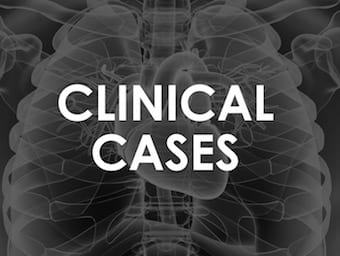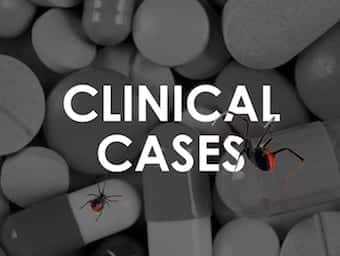
Euboxia and (Ab)Normality
WHAT IS EUBOXIA? ‘Euboxia‘ is the pathophysiological state whereby ‘all boxes on a pathology print-out are in the normal range’ (Reade, 2009). LITFL — Don’t put your patient in a box Reade MC (2009). Should we question if something works…





